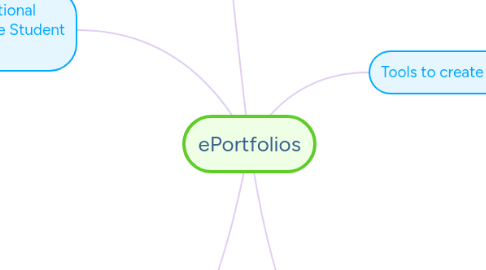ePortfolios
by Brandie LaMaack


1. ePortfolios vs. Traditional Methods to Evaluate Student learning
1.1. Traditional Methods are tangible, whereas, ePortfolios are digital.
1.2. Traditional Methods can not be accessed from just any computer or online device, whereas, ePortfolios can be accessed from any online device and do not require physical storage.
1.3. ePortofios require a great amount of time to develop and require special equipment and accessability, whereas, the triditional methods do not require as much time to develop and do not require equipment or accessability to the Internet.
2. Challanges of ePortfolios
2.1. Student apprehention
2.2. Students require a high level of support.
2.3. Staff require a significant amount of training.
2.4. Requires teachers to monitor all students ePortfolios.
3. Authentic Assessment vs. Triditional Assessment
3.1. Authentic Assessment uses a rubic to assess a student preforming a real-world task to demonstrate their understanding and learning of a skill.
3.2. Triditional Assessment uses standard test to try and determine if a student has learned desired skill.
3.2.1. Triditional Assessment is teacher structured.
3.2.1.1. Authentic Assessment is student structured.
4. Tools to create ePortfolios
4.1. Evernote
4.1.1. Designed for notetaking and archiving information. Supports all required information for ePortfolios.
4.2. VoiceThread
4.2.1. Used to communicate, collabrate, and connect. Interactive collaboration and sharing tools that allows you to add images, documents, and videos.
4.3. Weebly
4.3.1. Web-hosting service that allows user to drag and drop information to page to build a web site.
